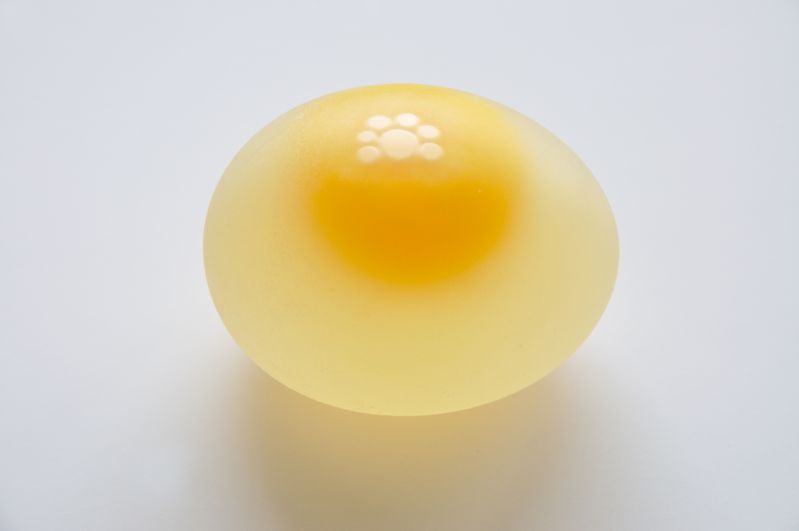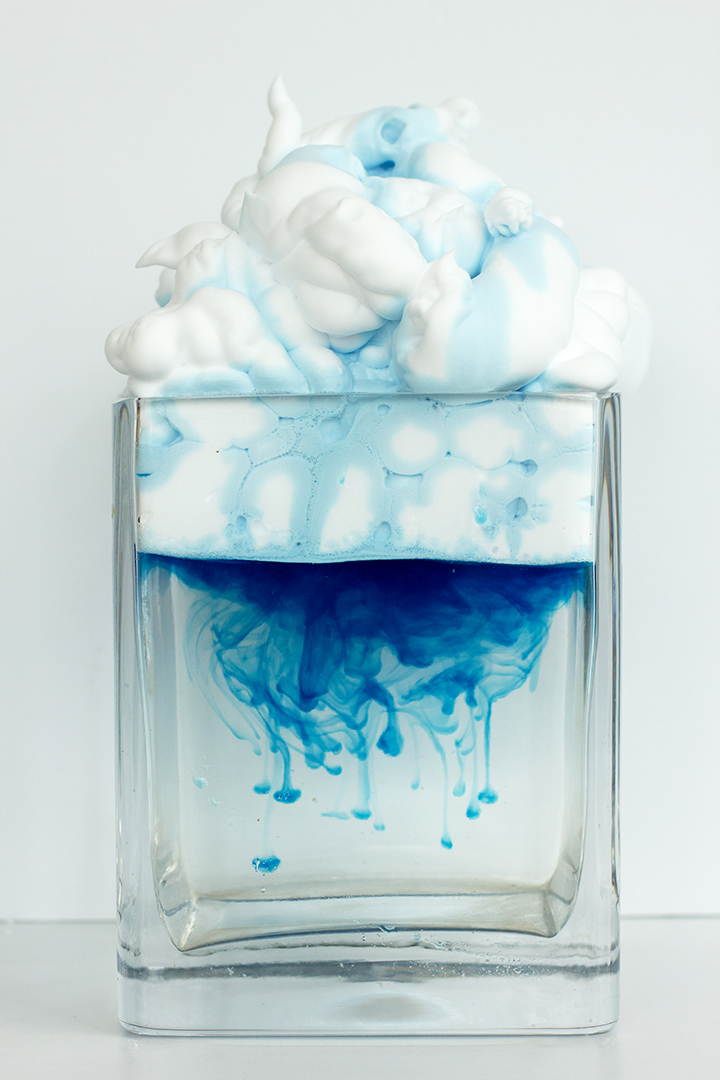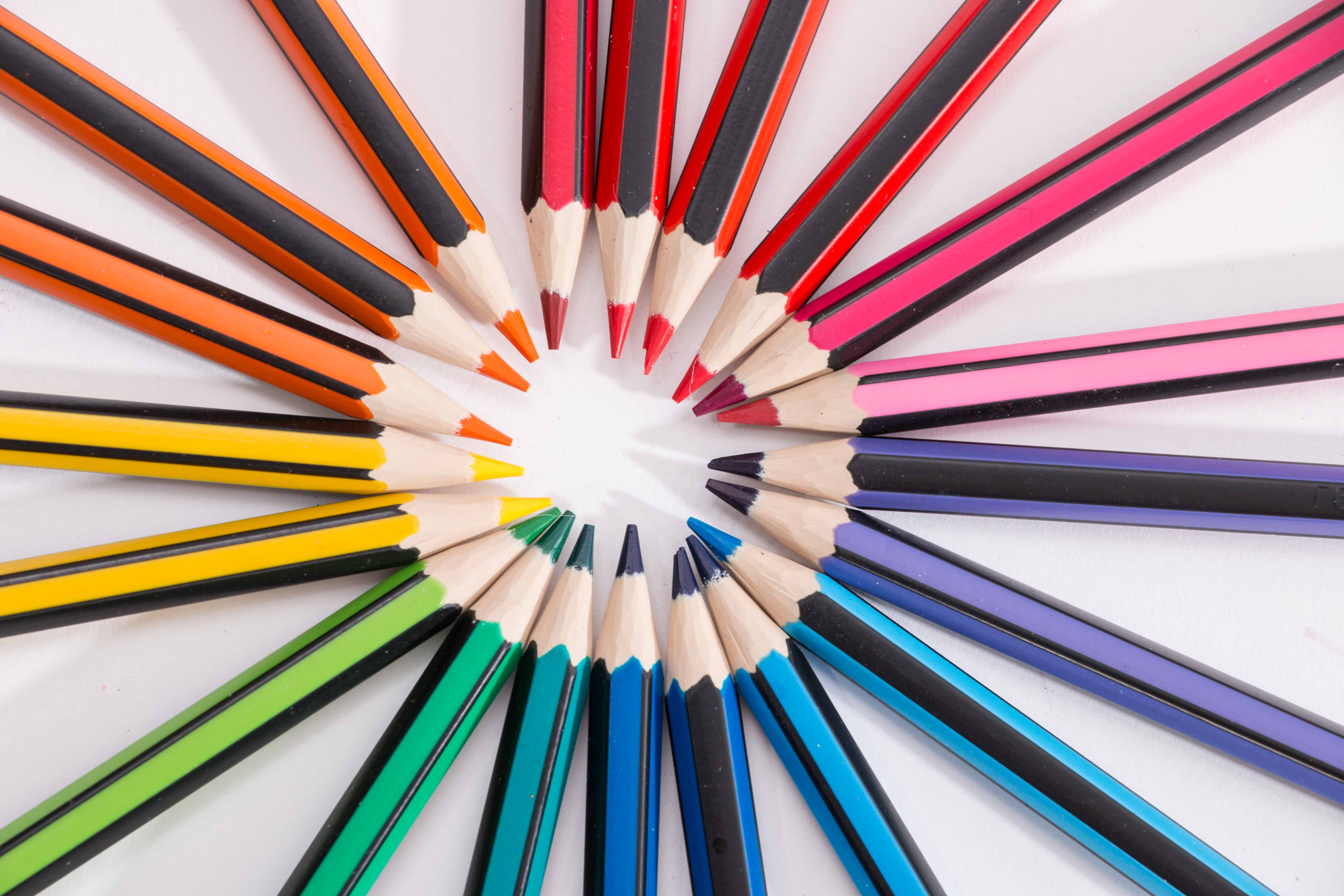Be prepared to be amazed.
Running out of ideas for fun at-home activities you can do with your class during lockdown?
We’ve got the solution!
These five-minute science experiments are both fun and educational — and the best part? You only need a few simple, household ingredients to get started.
1. Dissolve an Eggshell - to Create a Naked Egg
This is a trick to make a shell (seemingly magically) disappear — revealing a naked egg! When the vinegar comes into contact with the eggshells, it breaks apart the calcium carbonate into calcium and carbon dioxide.

What you’ll need:
- Glass Jar with lid (an old jam jar will work!)
- White Vinegar
- Egg
The Method:
- Step one: place the egg in the glass jar, making sure it doesn’t break. There needs to be enough room in the jar for the egg to swell.
- Step two: put the vinegar in the jar until it covers the entire egg. Add a few more drops to make sure that the egg is floating.
- Step three: after adding the vinegar to the jar and you can witness bubbles form on the outer layer of the egg (due to the release of Carbon Dioxide).
- Step four: close the jar and put it to one side for a maximum of 7 days. In time, the egg will begin to swell, and the brown colour of the eggshell will start to fade as it is broken down by the vinegar.
- Step five: it’s time to empty the vinegar from the jar and take the egg out. Wash off the residual eggshell. If the eggshell is hard to remove, it may need some more time, and some more vinegar.
2. Make a Rain Cloud in a Jar
This is a fun and aesthetically pleasing way for your class to learn the science behind rain clouds.

What you’ll need:
- Glass Vase or jar
- Shaving cream
- Blue food colouring
- Dropper
The Method:
- Step one: fill the vase three quarters full of water.
- Step two: fill the rest of the vase with shaving cream, on top of the water.
- Step three: mix a separate bowl of water and blue food colouring. Using a dropper, start adding the blue coloured water to the shaving cream.
- Step four: watch as the shaving cream ‘cloud’ holds the coloured water until it gets too heavy, and the coloured water starts to rain.
3. Conduct an Oil and Water Experiment

What you’ll need:
- Cooking oil
- 60ml of water
- 4 different shades of food colouring
- Eye-dropper
Method:
- Step one: fill up a small jar or bottle with cooking oil.
- Step two: pour approx. 60ml of water into 4 separate containers.
- Step three: add and mix a couple of drops of food colouring into each water-filled container — for best results, use four different colours.
- Step four: use your eye dropper (or a straw) to add drops of your coloured water into the oil.
- Step five: watch as the oil and coloured water droplets separate, proving that these two substances simply won’t mix!



